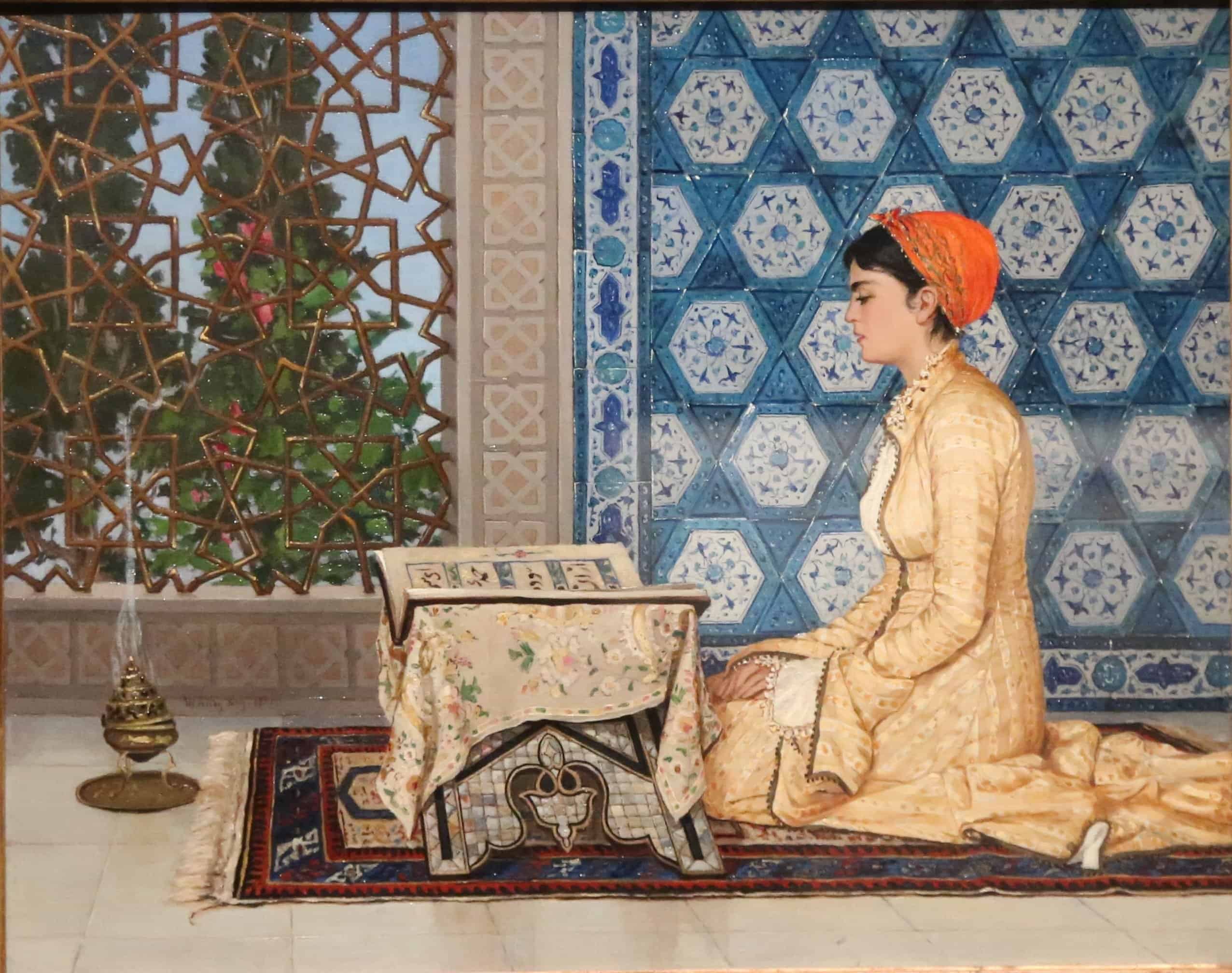Women’s history /stories are among the neglected, silent/silenced or ignored histories throughout the globe for different reasons, principle of which is that history was commonly written by another gender. In writing history, men were not necessarily the best knowledgeable about women’s contributions to history, civilization, or life. They were more versed in their own concerns and priorities which left women’s interests on the margins.
Arabian women, precisely, remained hidden in the pre- and post-Islamic history of Arabia for a long time. In addition to the above reasons, they were often misrepresented or misinterpreted which left historic gaps in knowledge, misconceptions, and stereotypes. This problem was amplified in modern Arabia, which needed some verification. That was possible by exploring how women’s history or herstory was reflected in history books, inscriptions, or archaeology.
How much do we know about powerful women of pre-Islamic Arabia beyond Queen of Saba’/Sheba? Or how much do we know of Muslim women beyond the wives and daughters of the Prophet?
The list of examples is long which consecrated one stereotype or another that generalizes or essentializes without much depth into women’s involvement in the making of history and the idea of Arabia as we know it today.
Speaking of powerful women when addressing an ‘Arabian Women’s Forum’ is tempting. We can’t skip ‘Queen of Sabaa’ (Balqees/Makida/Yalmaqa), even though she does not have historical evidence, however, her story’s impact on the Arabian’s history and beliefs was immense. The concept of having a female ruler so compelling who faced wisely one of the strongest kings of her time, King/Prophet Solomon is intriguing. For one, she was tactful to avoid the sweeping of her kingdom by reacting with diplomacy and reason to Solomon’s demand to submit to his power. The account of her story that we found in the holy books of the Old Testament, New Testament and Quran, let alone the Ethiopian legends, were unified behind her wisdom and her deep insight into politics and what was the best for her nation. She was a kind of leader who made all the males of her kingdom stand in support behind her, submitting to her leadership and final say. The Yemeni civilization could not be understood without a ruler of the type of Queen of Sabaa. The impact of the story of this queen whether it was real or legend, kept constructing the identity of the women and men of Yemen and Arabia throughout time. Taking her as an inspiration and a role model did not let women cease to aspire too, including the small Balqees, Queen Arwa of the Sulaihi State of the 11-12th century, the first Arab queen in Islam. She ruled for fifty years, 40 of which was the sole ruler (1088-1138CE).
Other powerful women could be traced to northern Arabia. Those were the Queens of Arabia who ruled in the 8th and 7th centuries BCE in Adumatu (modern Dumat al-Jandal of Skaka). Their identity was immersed with the identity of Arabia itself. They represented the peninsula as queens and priestesses, leading their peoples for around two centuries to resist the might of the super-power of the time, the Assyrian Empire.
Queens of Nabataea appeared in the first century BCE in north-western Arabia of Petra (Raqamu) and Hegra/al-Hijr/ Mada’in Salih, maintaining an impressive appearance on coins next to their king consorts on the face of hundreds of numismatics for almost a century and a half. The Nabataean queens’ presence was found in inscriptions as well, empowering Nabataean women to take the lead in their societies as was found in Hegra and on the facades of many of its impressive stone/mountain hewn tombs and inscriptions.
Women of Arabia in pre-Islamic times were not far away from these impressive women. Their stories were found in history and literary books, representing women of legends like Zarqaa al- Yamamah, women of royal households like Hind bint al-Noman, and women of literary capacity like al-Khansaa, let alone the famous businesswoman of Quraysh, Khadijah bint Khuweilid. She inherited her husbands and built her own business that participated in the caravan trips of north (Sham) and south (Yemen), of summer and winter, employing the young honest man of Bani Hashim called Muhammad. Khadijah decided to propose and marry him although she surpassed his age by fifteen years. That did not deter her from uniting with this unique man who became the Prophet of Islam. Her vision and sixth sense were unmatched.
Dr. Hatoon Ajwad Al Fassi is a Saudi historian, Associate Professor of pre-Islamic Arabian History and women’s history. She is the Honorary Fellow of Arabic and Middle Eastern Studies at Manchester University. She has worked and taught at King Saud University and Qatar University for 30 years. Her recent and fifth book, published in 2021, was titled: Nabataean Women: Pre-Islamic Arabia. She publishes in Arabic and English.
The opinions expressed are those of the author and may not reflect the editorial policy or an official position held by TRENDS.








